diamondback moth Learn more about diamondback moth
-
What is the harm of diamondback moth to cherry blossoms? How to prevent and cure?

What is the harm of diamondback moth to cherry blossoms? How to prevent and cure? The harm of diamondback moth is mainly caused by its larvae biting the leaves of cherry blossoms. The newly hatched larvae ate the residual epidermis of mesophyll in clusters, dispersed the damage when they grew up, and ate up the whole leaves in severe cases. There are many species of diamondback moths that harm cherry blossoms, such as brown-edged green moth, Chinese green moth, camphor moth, small black thorn, and so on. The adults of the diamondback moth are densely scaly, usually yellowish brown to green, with simple red or brown markings. Its larvae, commonly known as itchy spicy seeds, have prickles and poisonous hairs on the body, which can irritate people.
2019-01-16 -
What diseases and insect pests do Japanese cherry trees suffer from?
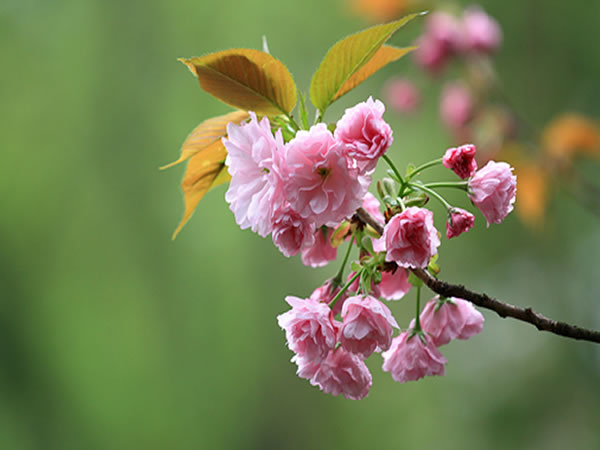
Root nodule disease occurs on or near the root neck of the ground, resulting in short plants and poor growth. When the disease occurs, the root of the plant produces nodules of different shapes, showing brown, rough epidermis and often accompanied by cracks. The initial stage of anthrax.
2018-11-27 -
Common diseases and insect pests of family potted flowers and their control measures

Common diseases and insect pests of family potted flowers and their control measures
2019-07-28 -
Introduction to common diseases and insect pests of family potted flowers and their control measures

Introduction to common diseases and insect pests of family potted flowers and their control measures
2019-09-02 -
What insect pests should be prevented when planting sweet-scented osmanthus trees?
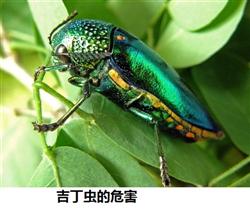
What insect pests should be prevented when planting sweet-scented osmanthus trees? Please introduce the insect pests of sweet-scented osmanthus trees, such as Jiding insect, shell insect, diamondback moth, coir moth and so on. The field net has sorted out the control methods of sweet-scented osmanthus tree pests, which are listed below for your reference. First, the harm and control methods of gibberellin: the larva is in the branch.
2018-07-17 -
Planting and maintenance techniques of Japanese evening cherry how to grow Japanese late cherry

Planting and maintenance techniques of Japanese evening cherry how to grow Japanese late cherry
2019-03-04 -
Symptoms and control of soybean diamondback moth

Symptoms and control of soybean diamondback moth
2018-07-25 -
Occurrence and control of pear root cancer

Occurrence and control of pear root cancer
2018-07-10 -
Occurrence regularity and control of sweet potato diamondback moth

Sweet potato diamondback moth Herseconvolvuli (Linnaeus) belongs to Lepidoptera, Noctuidae. It is distributed in Japan, as well as in Liaoning, Hebei, Henan, Shandong, Shanxi, Zhejiang, Taiwan, Guangdong and other provinces in China. It mainly harms the plants of Convolvulaceae, Solanaceae and Leguminosae. I. form
2020-11-08 Species sweet potato diamondback moth occurrence regularity and control -
What are the main pests of sweet-scented osmanthus?

What are the main pests of sweet-scented osmanthus? How to control sweet-scented osmanthus pests? We also ask experienced netizens to help introduce the common pests of sweet-scented osmanthus, such as gibbous insects, shell insects, thorn moths and coir moths. The planting net has sorted out the harm and control methods of the above pests to sweet-scented osmanthus trees.
2018-07-17 -
Experience in Integrated Control of Grape Pests

1. Control technique in dormancy period (November ~ March) The pest stopped its activity, and all kinds of pests entered the overwintering state with different insect states and ways, and their overwintering places were relatively hidden. 1.1 After clearing the orchard grape leaves, remove the leaves, dead branches and weeds in time
2020-11-08 seed grape pest integrated management experience dormancy control -
How to manage walnut trees in summer?
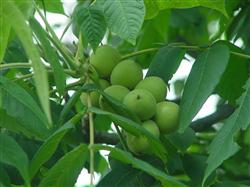
How to manage walnut trees in summer? Please introduce the method of summer walnut shoot growth is the fastest, physiological activity is the strongest, is the highest survival rate of budding, the most critical period. Yellow diamondback moth, raised-limb moth (walnut black), walnut yellow gully elephant, cloud spot longicorn beetle, diamondback moth, walnut tumor moth and other pests began to Eclosion and lay eggs. Rot.
2018-07-19 -
Control techniques of sweet potato diamondback moth
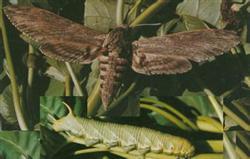
Spodoptera litura belongs to the family Lepidoptera, which mainly harms sweet potatoes. The larvae eat the leaves and tender stems of sweet potatoes, and when serious, they can eat up the leaves, which has a great impact on the yield. There are 3-4 generations a year in Henan Province, overwintering with pupae at a depth of 10 cm under the soil. Feathering in May of the following year. Adults lie dormant during the day and fly out after dusk. Adults have a strong phototaxis.
2018-09-13 -
Occurrence and control of soybean diamondback moth

The harmful symptom is that the larvae feed on the leaves, and the low instar larvae eat into mesh and notch shape. after the third instar, the larvae can eat all the bean leaves, so that the plant can not bear pods, which has a great impact on the yield. The occurrence regularity is the peak spawning period of adults from mid-late July to early August, the peak period of larval damage from late July to late August, and the yellowish mature larvae in early September to overwinter. Adults of living habits: adults go out day and night and have a strong tendency to black light. Start activities in the evening and fly
2019-01-16 -
Control methods of yellow diamondback moth in Magnolia

The main results are as follows: (1) combined with field operations such as pruning in summer (first generation area) and winter and spring (1st generation area), insect cocoons are cut or broken off. (2) cut off the leaves and kill the larvae when the young larvae are damaged by clusters. (3) spraying 20% dimethrin suspension 20% chlorpromazine 3 suspension or spraying Bt emulsion cyanobacteria in the whole larval stage. (4) when necessary, spray insecticides such as fenitrothion in the larval stage.
2019-01-15 -
How to control Robinia pseudoacacia diamondback moth?

The control methods of Robinia pseudoacacia Spodoptera litura (Spodoptera litura) are as follows: first, light traps and kills adults. Second, after the larvae enter the soil or before the adult Eclosion, the larvae and pupae can be dug as appropriate. Or 25% phoxim is sprayed on the ground to kill pupae of insects in the soil. Or drop irrigation. Remove weeds, dead branches and leaves on the ground before using cool drugs. After the medicine, mix the soil well with a hoe to improve the control effect. Third, spray Bt emulsion containing more than 100 billion spores per milliliter or 1000 times of trichlorfon crystal during larval occurrence.
2019-01-16 -
What pesticide: 10,000 jin of water with 1 gram, the effect of prevention of diamondback moth is very high?!
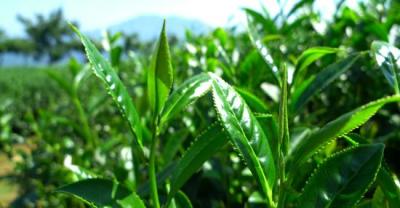
0.05 ppm concentration and 0.0125 ppm concentration (very small amount). 0.05ppm is "1 million catties of water" added to 25 grams of raw medicine. That is to say, it is not a good idea.
2019-02-26 -
What are the main diseases and insects of sweet-scented osmanthus?
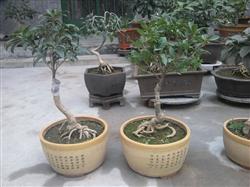
Potted sweet-scented osmanthus often blooms rarely or does not bloom for a long time. How to make sweet-scented osmanthus blossom more, flowers fragrant, need to master the following main links: variety selection: different varieties of sweet-scented osmanthus, flowering time is not the same. If laurel, four seasons laurel and so on are early flowering varieties, there are several flowering characteristics in a year, some.
2018-07-19 -
Control methods of diseases and insect pests of purple leaf dwarf cherry

1. Disease control methods. It is necessary to strictly inspect the system, do a good inspection before the seedlings are transported, destroy the trees as soon as root cancer is found, and thoroughly disinfect the sites where diseased trees are planted with drugs such as quicklime or bleach, and do not plant seedlings within a week after disinfection.
2018-11-27 -
Impatiens red diamondback moth

DeilephilaelpenorlewisilButler is the main pest of Impatiens balsamina, which is distributed in Northeast, North, East and Northwest China. The host not only has impatiens, but also has autumn orchid, grass flower and so on. The insect feeds on leaves in the form of larvae, which affects the growth and development of plants, and is the main pest of impatiens. Morphological characteristics the adult is 33-40 mm long and the wingspan is 55-70 mm. Wings and body are red
2019-01-16
